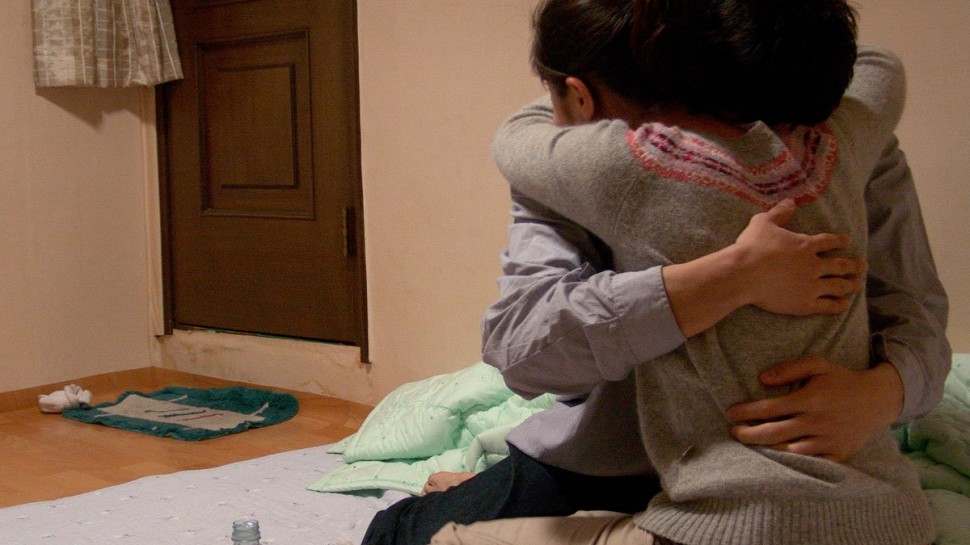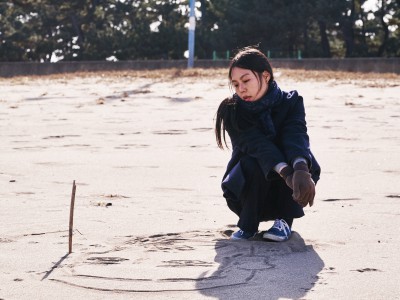



Play It As It Lays: The Films of Hong Sangsoo
The 1990s witnessed a significant wave of Korean films at international film festivals and on US screens. Among the historical epics, period pieces and genre blockbusters came a series of small films, made with then-little-known actors for modest budgets, by Hong Sangsoo. These films are slices of life that seem to meander until they suddenly reveal connections between characters, or introduce uncanny parallels or repetitions that force us to reconsider what we have seen.
Of all the South Korean filmmakers to emerge over the past fifteen years, Hong Sangsoo is the closest to what Americans think of as an independent filmmaker. Born in Seoul in 1960, Hong studied filmmaking at Chungang University and subsequently earned degrees from both California College of the Arts and the Art Institute of Chicago before returning to South Korea to teach screenwriting while launching his filmmaking career. Since his first film, The Day a Pig Fell Into the Well, his work has attracted acclaim both in South Korea and internationally. He has averaged almost a film a year since, a prolific pace that recalls the work of the filmmakers of the French New Wave, who developed a visual and a narrative style that would allow them to work quickly and inexpensively, as independents.
In their exploration of contemporary urban alienation amid a constellation of characters, Hong’s work from the late 1990s bears a certain resemblance to the films of the Taiwanese New Cinema by Edward Yang and Tsai Ming-liang. More recently, however, wit and comedy have come to the fore in Hong’s films, and his focus on artists and intellectuals and their hapless attempts at love and/or sex more closely resemble the work of Eric Rohmer. Despite the retreat from sociological observation towards elegant or eccentric experiments with narrative form, Hong’s films remain rife with keenly observed details about life in contemporary South Korea and its karaoke bars, strip-joints, love-motels, apartments, office spaces, pharmacies.
Hong favors an episodic approach to narrative; most of his films break into two or three large parts, or a string of chapters whose temporal relations are often ambiguous and whose progression is typically marked by a subtle shifting of the cast of characters and mood. Typically the cast of characters will shift slightly between the sections, as will the film’s tone. While not always comedic, Hong’s films are consistently witty, animated by an off-beat humor that recalls Rohmer with its sustained ambiguity over whether events onscreen are funny or sad.
Ultimately what distinguishes Hong’s films is a sense of play. The films’ narratives play on the ambiguity between the random and the seemingly orderly. Hong consistently plays with framing: besides his recent frequent use of zooms, his scripts often shift from one point-of-view or story to another. Hong’s project could perhaps be characterized as a merging of narrative cinema’s ambitions to depict social life with all its complexity, on the one hand, and the modernist delight in experimenting and playing with formal elements. Hong’s subtlety in introducing this modern element into his films is a hallmark of his elegant wit.
The HFA is pleased to welcome Hong Sangsoo to Harvard as part of this retrospective covering all periods of his career to date.












